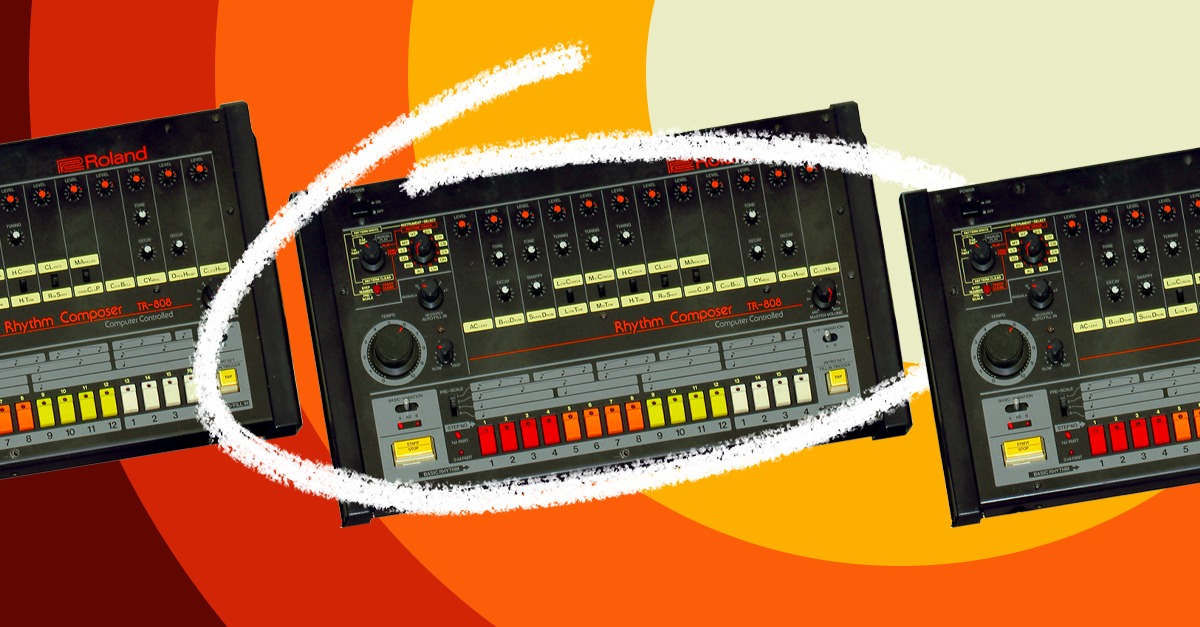
Beat in Music: How to Learn Rhythm Theory and Make Beats
The beat in music is the centre of everything—if notes are words, rhythm is letters that form and structure each word and each sentence.
Essentially, rhythm is the language that musicians and artists use to play together. It tells the audience when to clap and dancers when to dance too!
- What is the beat in music?
- Understanding rhythm theory
- How to write a beat in music
- Beat making tools and software to use
But understanding the beat in music and learning how to visualize and play beats can be a tough learning curve.
The good news is that if you wrap your head around some basic rhythm theory concepts and get your hands on some easily accessible tools, you’ll be on your way to writing and playing great beats.
In this article we’re going to explore everything you need to know about the beat in music.
By the end you’ll understand the basics of rhythm theory, how it’s used in beat making, what tools are out there for you to write beats and we’ll share a ton of resources for advancing your knowledge.
Remember, this article serves as a starting point—we’ve written a lot about the topic of rhythm, so don’t be afraid to click around and explore all the other articles shared here.
What is the beat in music?
The beat in music represents the number of pulses felt within a certain space of time, commonly known as a bar. The number of pulses to a bar is defined by the top number of the time signature, with the subdivision of these pulses being defined by the bottom number.
Beats in music are also affected by tempo, their subdivision, timbre and note value.
But the key starting point to understanding beats in music is by learning about the basics of rhythmic theory.
Understanding rhythm theory
In western music, rhythm theory needed to be understood on paper—composers needed something that a group of musicians could collectively understand.
But before music notation and reading sheet music became the norm for learning rhythm theory—rhythm was taught in drum circles and with clapping.
For example, In Indian tabla playing a guru plays out a rhythm and the apprentice tries to play it back, usually at half speed, then with the guru until mastering it well enough to play solo at full speed.
This way of learning rhythm—in groups with a master and apprentice, playing together and climbing the learning curve is important—rhythm is always best learned by playing and doing.
But, western rhythm theory and notation is super useful for communicating rhythms in a uniform way to a wide ensemble.
Let’s go through a quick overview of Western rhythmic theory and notation.
Time signatures
Time signatures are the starting point when understanding Western music theory—it’s the first piece of information that will determine how a song is played.
The time signature contains two numbers that define the number of beats that will occur in a bar of music and how these beats are subdivided.
The number on the top defines the number of beats to a bar—this number must be greater than one.
The bottom number of a time signature defines the subdivision of the notes contained by a bar of music.
Note subdivisions are all squares of two, so time signatures are counted in quarter notes with a four on the bottom, eighth notes with an eight on the bottom, sixteenths and so forth.
Yes—there are some interesting experimental pieces that supposedly use non-square subdivisions, but the vast majority of music is either counted in four (quarter notes) or eight (eighth notes).
So, in a 4/4 time signature, each bar will get four beats counted in quarter notes. Whereas in 5/8 each bar will get five beats counted in eighth notes.
Music notation
Time signatures tell you how the framework for rhythm works within a piece of music—but it’s the notes written into each bar that tell the player what to do.
Music notation is great because each note written communicates note value in terms of rhythm and pitch—making it an easy-to-understand grid that all musicians can agree upon.
Read up on music notation—this is how you begin understanding note and rest values, ties, dots, duplets, triplets and more.
But more importantly, you need to practice clapping exercises to really grasp what music notation is doing.
You won’t truly know how a rhythm fits into the rhythmic grid if you can’t say the subdivisions aloud as you clap the notes.
There are many tutorials out there for this so if you want to master sight reading and rhythm then you need to master the basics with some clapping exercises.
If you practice enough you’ll soon be able to play more complex rhythms with syncopation, polymeters, odd time and polyrhythms.
How to write a beat in music
Having a basic understanding of rhythm is so valuable for improving your musical vocabulary and deepening your understanding of what’s going on in track—it’ll help you hear and understand what other artists are doing too.
But whether you have a bit of theory knowledge or not, its super easy to write beats especially with modern DAWs, the MIDI roll and loops.
The key to writing a good beat however is being clear about your goals from the outset.
That means picking a genre and understanding how different genres use specific rhythms and sounds.
Why genre is a primary driver of inspiration
Sitting down at your computer and randomly clicking around a MIDI drum sequence can be fun—and sometimes it’ll even inspire you.
But deciding on a genre before you start producing a beat is super important for providing direction in terms of the rhythms and kinds of sounds you want to use or create.
Every genre has its unique rhythmic characteristics that run consistently throughout any song that belongs to the genre.
House music uses 909 sounds, four on the floor kicks, rides on the off beats and often a conga pattern.
Drum and bass music uses break beat samples and usually clock in at 130-140 BPM.
Boom bap often uses simplified funk breaks that repeat fairly often and feature one shot acoustic snare and kick samples.
Trap music uses 808 sounds, heavily syncopated hi hat rhythms with a snare on the two and four.
I could go on, but you get the idea here—it’s worth studying the genres you like to get an idea of the kinds of instruments and rhythms they use to create their unique sound.
How to pick out sounds for a drum beat
When it comes to drums there’s a handful of instruments that you’ll almost always use—they come from the traditional drum set that is used in live music.
A drum set comprises a kick, snare, hi-hat, ride cymbal, crashes and toms. So, keep that in mind when producing your beats—it’s wise to think about these combinations as you fill out your drum parts.
And of course, sprinkling bits of auxiliary percussion like clave, cowbell, congas, bongos, bells, gongs and beyond is an excellent way to add bits of interest to your beats—they also help define the genre since many kinds of music will gravitate towards auxiliary percussion.
Beat making tools and software to use
Today there’s so many ways to make beats. You can make beats in your browser with an online DAW or with an online beat maker.
If you’re working on a Mac, head over to Garageband and start making beats—it comes installed on every Apple computer. Or you can download a free DAW and start making beats.
And that’s just software, there’s hardware drum machines, samplers and sequencers which are all totally great for making different kinds of beats.
Here's Anthony's favorite DAWs for music production.
Beat making with software and DAWs
DAWs give you a ton of visual control over your beats and serve as an excellent starting place for concocting them.
If you’re working with software chances are you’ll be making beats either on the DAW’s timeline or in the MIDI roll.
Both have different functions and are great for specific uses—the timeline works best as a place to drag and drop loops, whereas the MIDI roll is more of a sampler and is great for arranging one shot samples into any specific rhythm you want to click in and program yourself.
Both of these methods for beat programming rely heavily on the use of samples—so make sure you have access to great samples since many DAWs don’t really come with meticulously crafted loops or sample packs.
Hardware drum machines
Hardware drum machines and samplers are where beat-making got its start. Much of 90s hip hop was produced using hardware like the TR-808, MPC, EMu and TR-909.
These tools made it possible to program complex rhythms and clock MIDI through synths and sequencers.
Today there are many drum machines and samplers out there that make it possible to produce beats outside of the DAW—even if they integrate well with modern DAWs.
Working with hardware can be super inspiring because they’re excellent for experimenting with sound and controlling synth setups.
Plus, they use the inspiring workflow that inspired producers from past eras.
The Future of Beat Making: Embracing New Technologies
The future of beat making looks brighter than ever as the music industry continues to harness the power of emerging technologies like AI.
As we move forward, these technologies aren’t just influencing how we create beats—they’re reshaping the landscape of music production entirely.
Artificial Intelligence in Beat Making
AI is steadily making its mark in the realm of music, particularly in beat-making.
Machine learning algorithms can now analyze massive amounts of music data, learning and recreating stylistic elements to generate completely new compositions.
While there’s a debate about the creative limitations of AI, it’s undeniable that AI-powered software can serve as a valuable tool for composers and producers.
AI can help to speed up the creative process by suggesting melodies, harmonies, and rhythms based on a producer’s initial idea.
This capability can be particularly useful when experiencing a creative block.
Furthermore, AI software can offer a unique form of collaboration—while AI can generate and suggest ideas, the human creator still holds the final decision, ensuring that the resulting beats retain a personal, emotional touch.
The beat in music is up to you
When you make music you get to decide what the beat is.
Sure, informing yourself about music theory, genres, rhythmic patterns and various instruments is useful for improving your knowledge and expanding your skills.
But at the end of the day, it’s all about expressing yourself through sound, curation, rhythmic innovation and the entirety of your art.
So dive in, grab what you need and start making tracks!
Gear guides, tips, tutorials, inspiration and more—delivered weekly.
Keep up with the LANDR Blog.





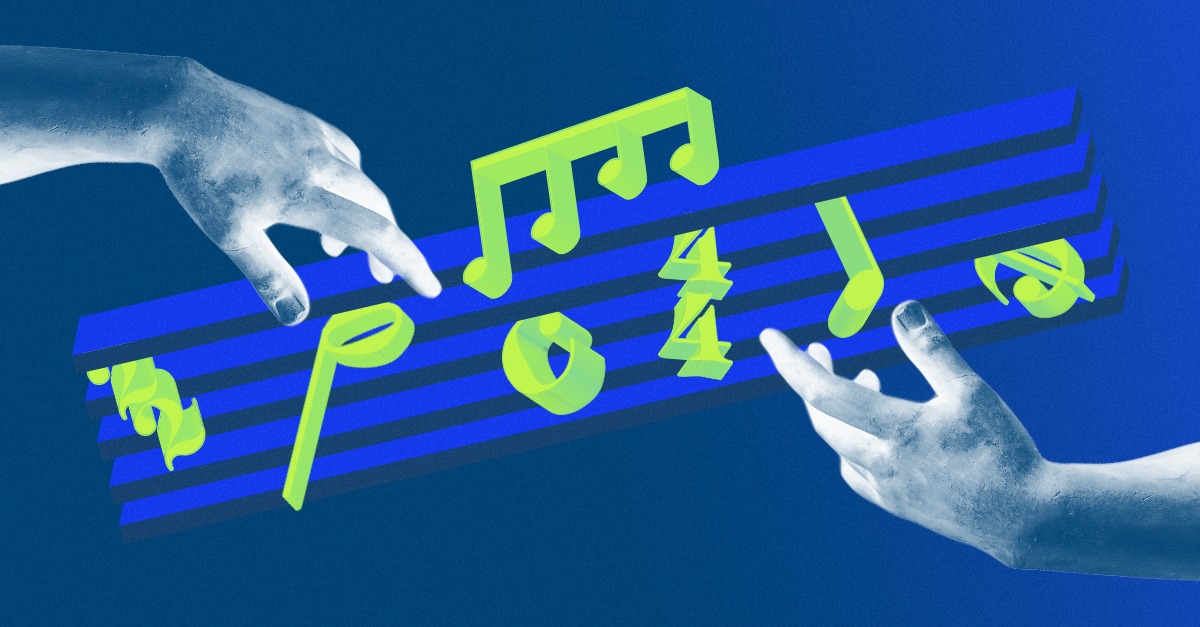
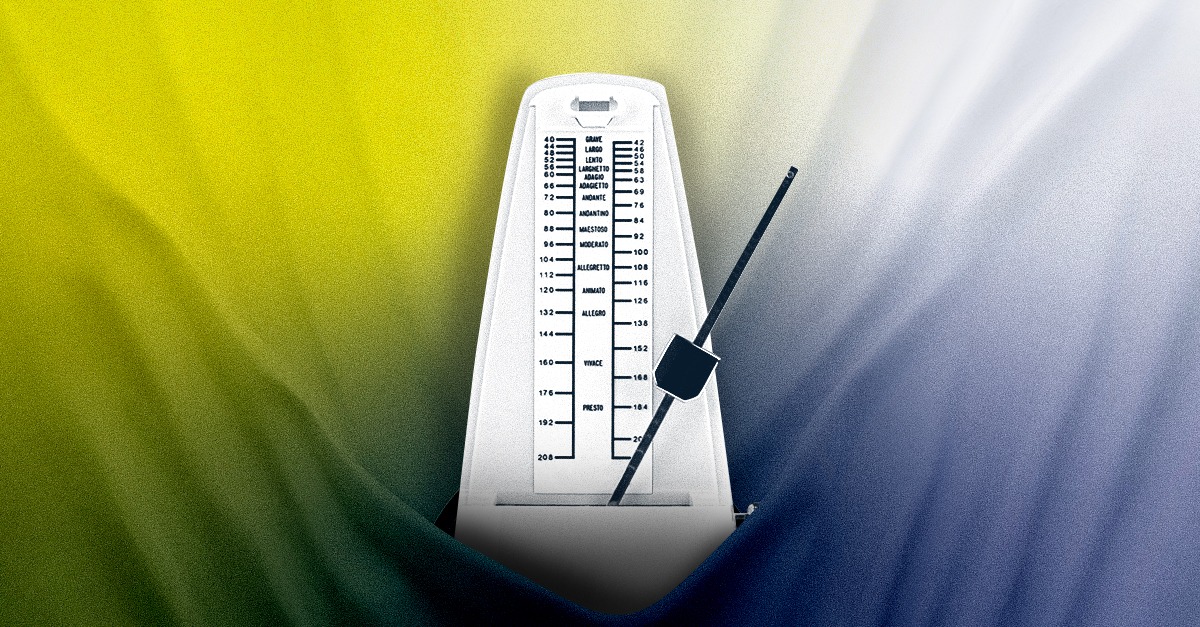
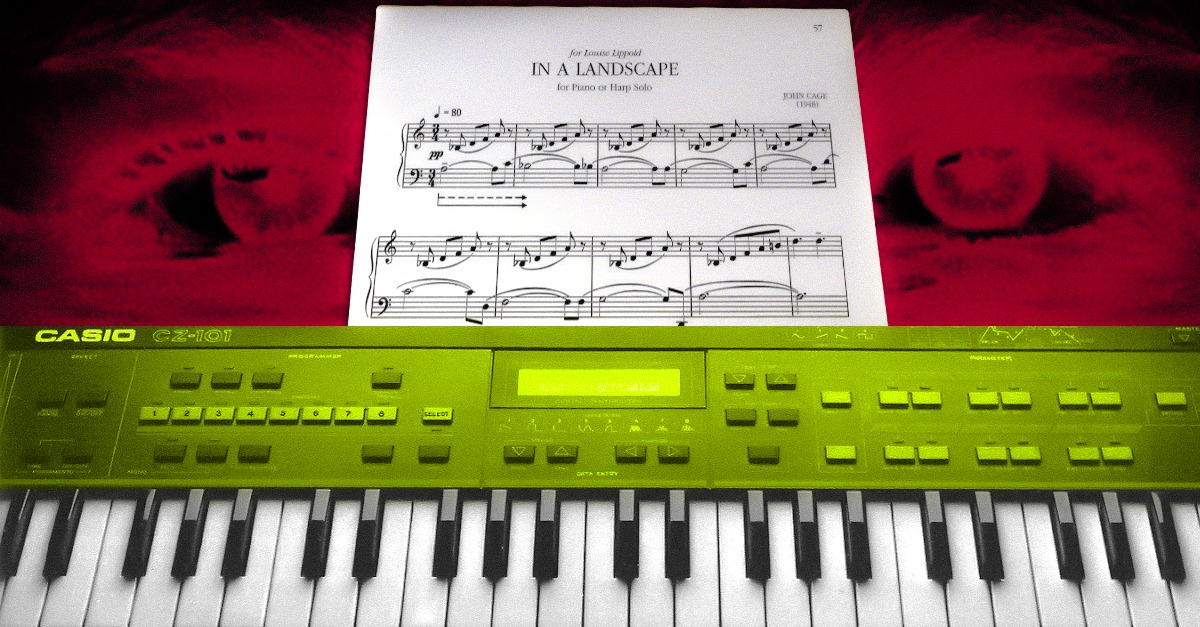




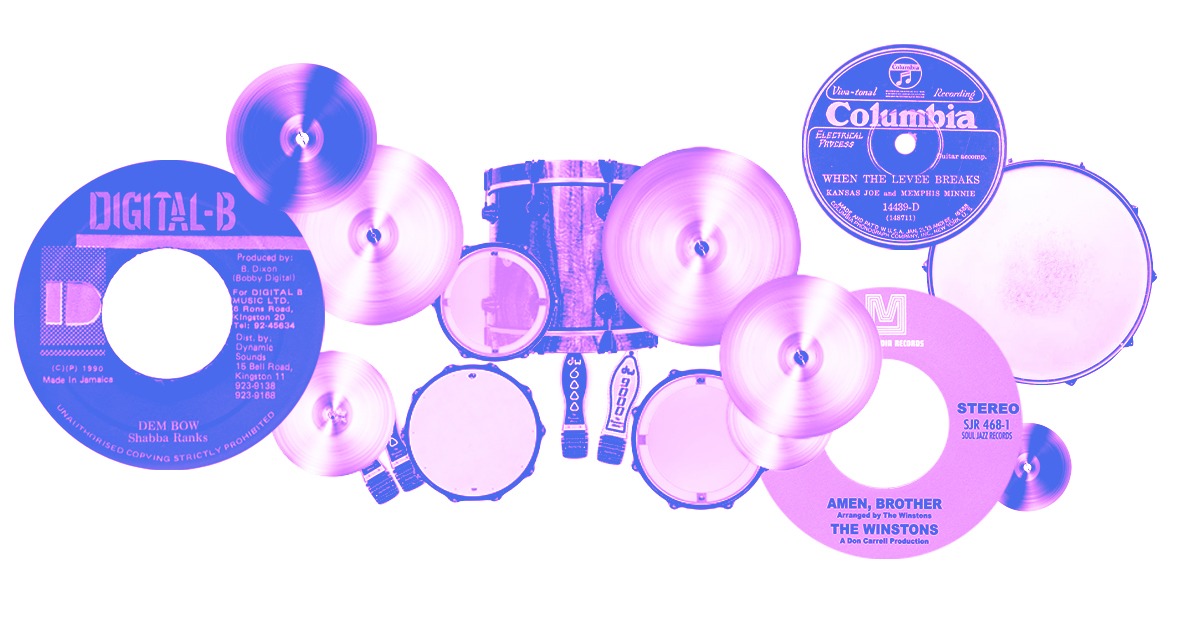

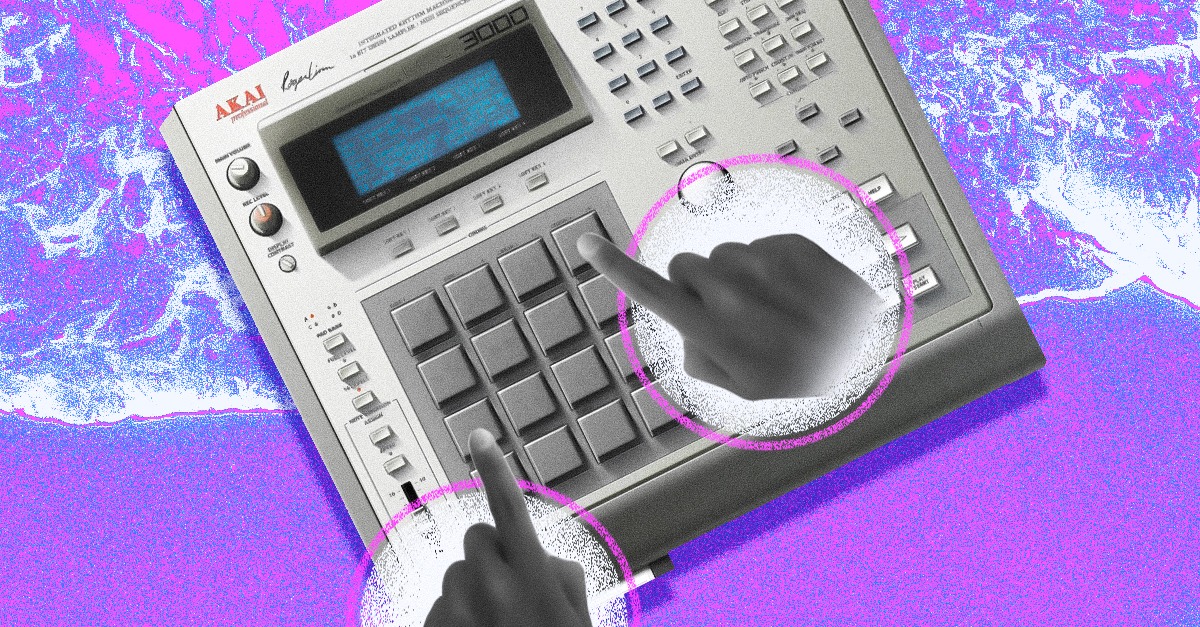
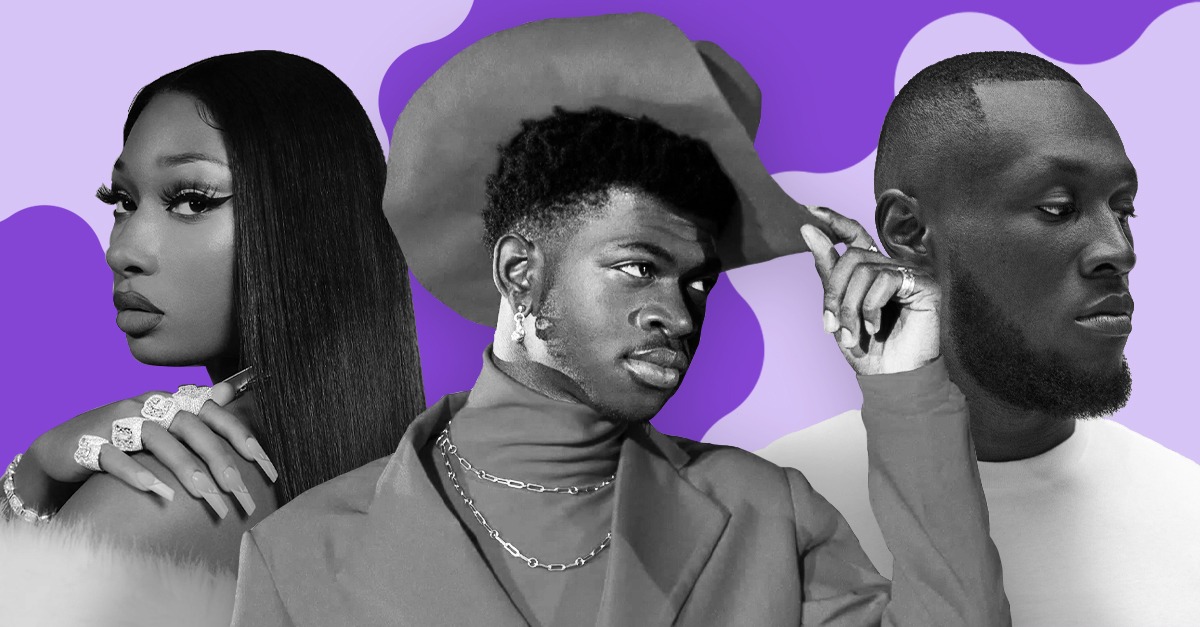




![Music Loops: How to Use Loops to Write Tracks [Get 5 Free Loop Packs]](https://blog-api-dev.landr.com/wp-content/uploads/2021/10/Feature-1-1.jpg)



